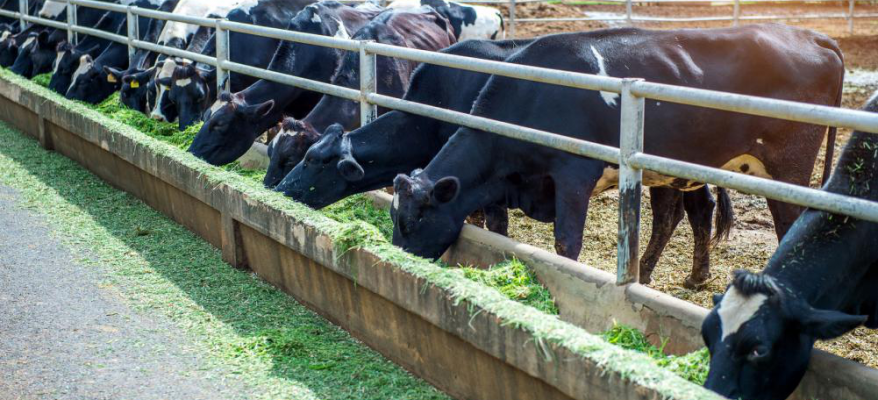Anaerobic Digesters at Farms: Turning Dung to Energy-Gold!
Where there are animals, there is animal waste.
And where there are lots of animals, places like farms, there are mountains of animal waste… mostly of dung.
According to the USDA, farms in the US produce more than 335 million tons of animal waste every year. You can learn more about this with our education consulting services western new york.
Now imagine that waste sitting in the farmstead.
It will pollute the environment, and if there is a storm (and we have plenty of storms here in the US) it will runoff into local watersheds polluting our domestic water supplies.
No wonder, the federal and state governments so heavily emphasize on better waste management practices at farms.
And where farm owners have duly obliged to what’s required of them in terms of farm waste management (of course, there is plenty of scope to improve). Making sure the waste is managed effectively and used in a productive way. They are now taking their management strategies a step further by using the dung to produce energy.
Dung Being Turned To Energy, Thanks To Anaerobic Digesters At Farms!
Farm owners in the US are increasingly using dung to produce energy at farms. This helps them kill two birds with one stone. Their solid waste management western new york woes are solved, and they can save money on energy bills.
A process called anaerobic digestion is used to convert animal waste into energy.
Anaerobic digestion is similar to composting, where organic waste is converted to nutrient-rich material by bacteria. The only difference is anaerobic digestion is done in a zero-oxygen environment within special equipment called anaerobic digesters.
Fertilizer, compost, soil amendments and biogas are the natural byproducts of anaerobic digestion process.
Where fertilizer, compost and soil amendments are sold to other agriculture operations and commercial and agricultural customers, biogas is used to power generators and heating systems at farms. Further purified, this biogas can also be used as a substitute for natural gas.
The concept of anaerobic digesters at farms has long been in practice in Asia and Europe and is now gaining traction in the US as well. Wisconsin is a prime example of the state that has readily embraced the technology.
Anaerobic digesters for farms can vary in design depending on the type of feed they process and the temperature they operate on.
Based on feed, anaerobic digesters for farms can be divided into:
- Digesters for agricultural waste
- Digesters for manure
Based on operating temperature range, anaerobic digesters on farms can be divided into:
- Thermophilic digesters
- Mesophilic digesters
- Psychrophilic digesters
Do you run a farming operation in the state of New York and are interested in setting up an anaerobic digester at your farm?
Get in touch with us; our Agriculture Consulting western new york experts will be happy to serve you.



